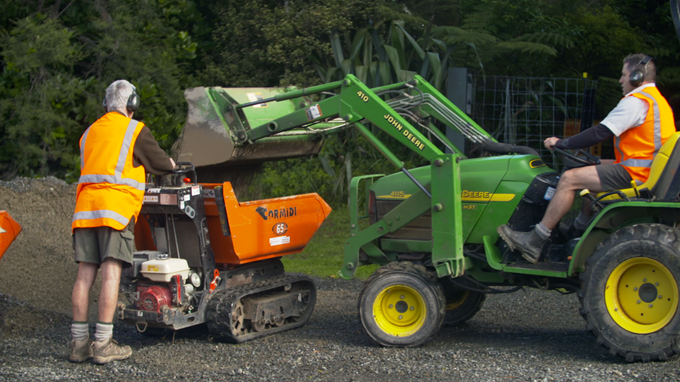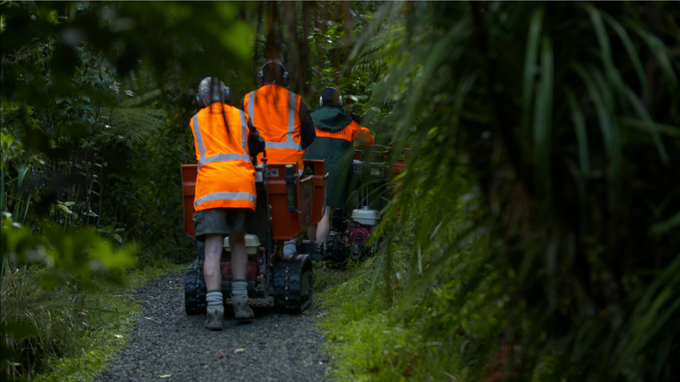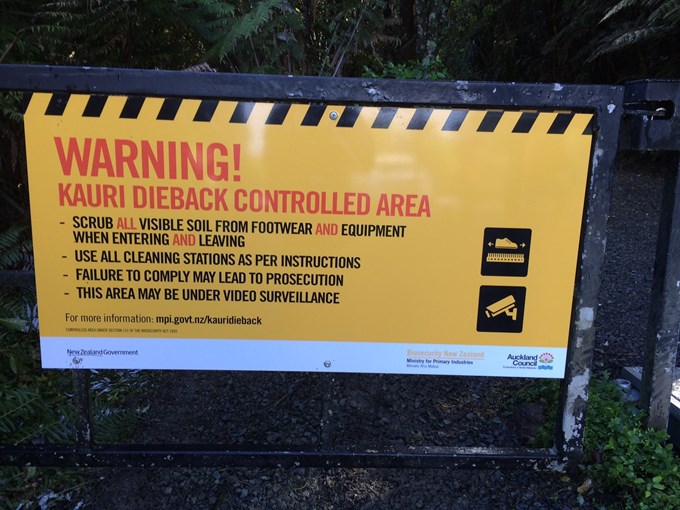Aucklanders have a love affair with the great outdoors, with the Waitākere Ranges and west-coast beaches being key destinations for those planning an outing.
Sadly the spread of kauri dieback, fatal to the trees, has necessitated the closure of tracks in the forested part of the ranges and a rahui has been placed over the area by local iwi.
The survival of kauri is the single most important consideration when managing the area, but we’re also aware of how important it is for the public to have some access to the ranges.
While large parts are off limits, our teams and volunteers have been out working hard to bring the surfaces of additional tracks up to the required standard to allow their use ahead of the winter season.
So, what's been involved in getting some of our recently opened tracks to standard?
- Hundreds of staff and volunteer hours to cut back track vegetation using loppers/chainsaws/hand saws to keep the track clear
- cleaning out drains to ensure rainwater does not pool or cut away the track surface
- power barrows to shift gap 40/20 gravel mix
- manpower with rakes to spread and shape
- compactor to compress the gravel so it stays in place.
The biggest challenge for the team on many of the tracks is being able to get metal and other materials and equipment on site.
For easy-to-reach tracks, power barrows are often used to move gravel while in more remote areas helicopters are often used. Undeterred, the hard work continues with plenty of sweat and effort going into upgrading these tracks.
Protect our kauri
If you enter or leave a forest/area with native trees anywhere across the region, here are three easy steps you need to remember:
- Scrub – clean all soil off your footwear and other gear.
- Spray – your footwear and gear at every cleaning station you encounter. Kauri dieback can be spread by just a pinhead of soil.
- Stay – on the designated open tracks.
Find out more about protecting our kauri trees or sign up now to receive updates on track information.




